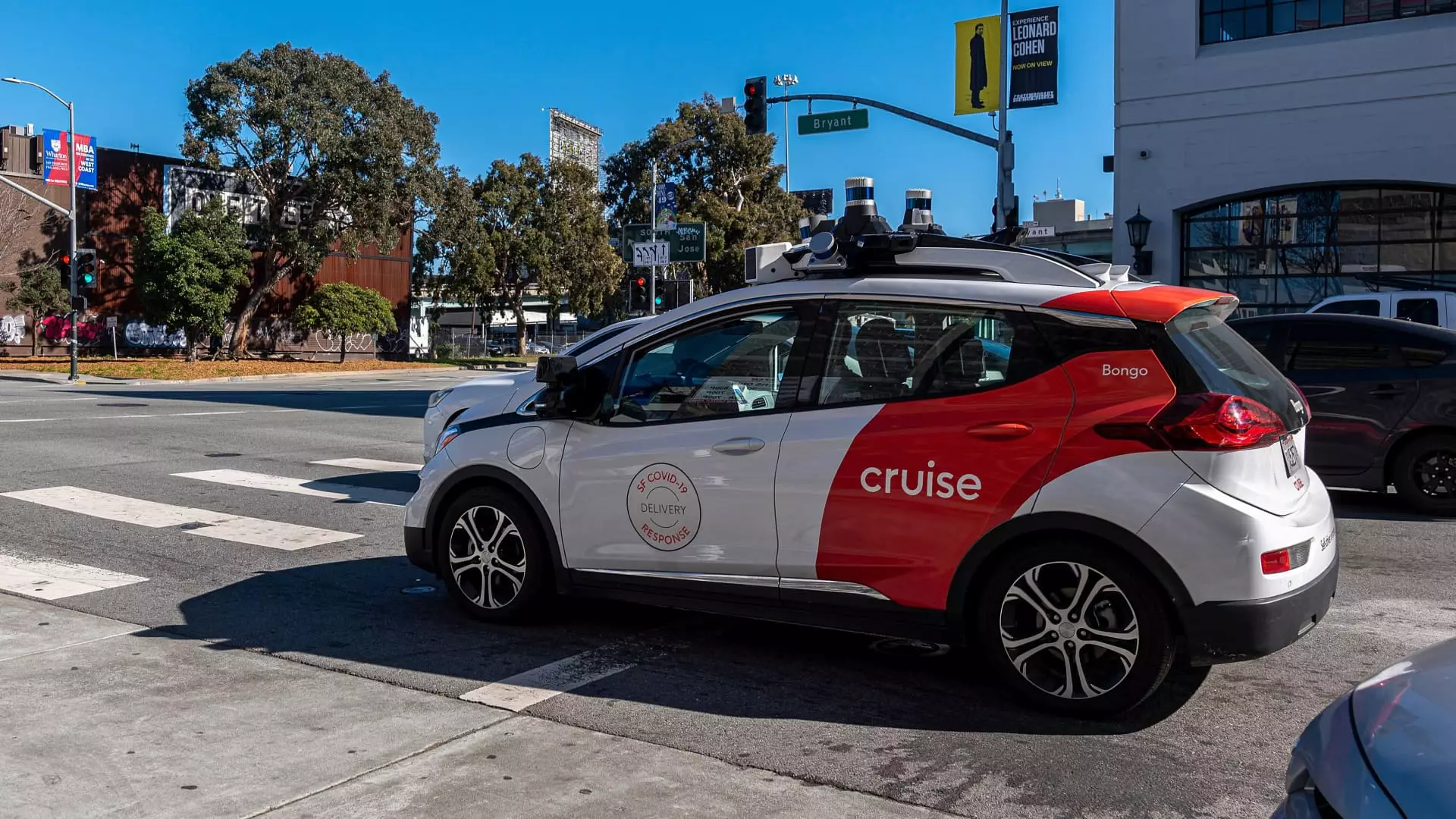General Motors’ Cruise self-driving vehicle unit is set to make a comeback on U.S. roadways after a hiatus following an unfortunate incident in October. The company announced that it will redeploy cars in Phoenix, starting with a small fleet of human-driven vehicles. This shift in operations comes in the wake of the accident that occurred on October 2, where a pedestrian in San Francisco was injured by a Cruise robotaxi. As a result, the company decided to temporarily halt its autonomous vehicle operations to focus on regaining trust with regulators and the public.
The redeployed vehicles will not be functioning as robotaxis as before, but will instead be focused on creating maps and collecting road data in select cities, beginning with Phoenix. While Cruise has expressed its intention to eventually resume driverless operations, no definitive timeline has been provided. The company also refrained from specifying when human-driven vehicles will be introduced in other cities, highlighting a cautious approach to the relaunch of its fleet.
In a bid to address the issues that led to the accident, Cruise emphasized a commitment to improvement and safety. The company acknowledged that culture problems, incompetency, and weak leadership were key contributing factors to the regulatory oversights that resulted in the incident. Following a third-party investigation commissioned by GM and Cruise, no evidence of a cover-up by Cruise leadership was found. The firm has accepted the findings of the report and pledged to implement all recommendations to prevent similar incidents in the future.
Cruise has been forthcoming about its interactions with regulatory bodies and investigators in the aftermath of the accident. The company has been cooperating fully with inquiries by state and federal agencies, including the California DMV, the California Public Utilities Commission, the National Highway Traffic Safety Administration, the U.S. Department of Justice, and the Securities and Exchange Commission. By being transparent and proactive in addressing concerns raised by regulatory bodies, Cruise aims to rebuild trust and credibility as it prepares for a potential relaunch of driverless operations.
In addition to addressing regulatory issues, Cruise has undergone significant changes at the leadership level. The company witnessed a major restructuring, with co-founders, including CEO and co-founder Kyle Vogt, stepping down from their positions. Furthermore, nine other leaders were ousted, signaling a clean slate for the self-driving unit. Additionally, Cruise implemented a reduction in workforce, with 24% of employees being laid off, alongside a round of contractor terminations. These measures are part of Cruise’s efforts to revamp its operations and instill a culture of accountability and integrity within the organization.
The relaunch of General Motors’ Cruise self-driving unit marks a critical juncture in the company’s journey towards redemption and resurgence. By prioritizing safety, transparency, and cooperation with regulatory authorities, Cruise is laying the foundation for a sustainable and responsible autonomous vehicle program. The lessons learned from the October incident have propelled Cruise to introspect, reevaluate its operations, and emerge stronger and more resilient. The road ahead may be challenging, but with a renewed focus on safety and compliance, Cruise is poised to rewrite its narrative and reclaim its status as a trailblazer in the autonomous driving industry.

Leave a Reply